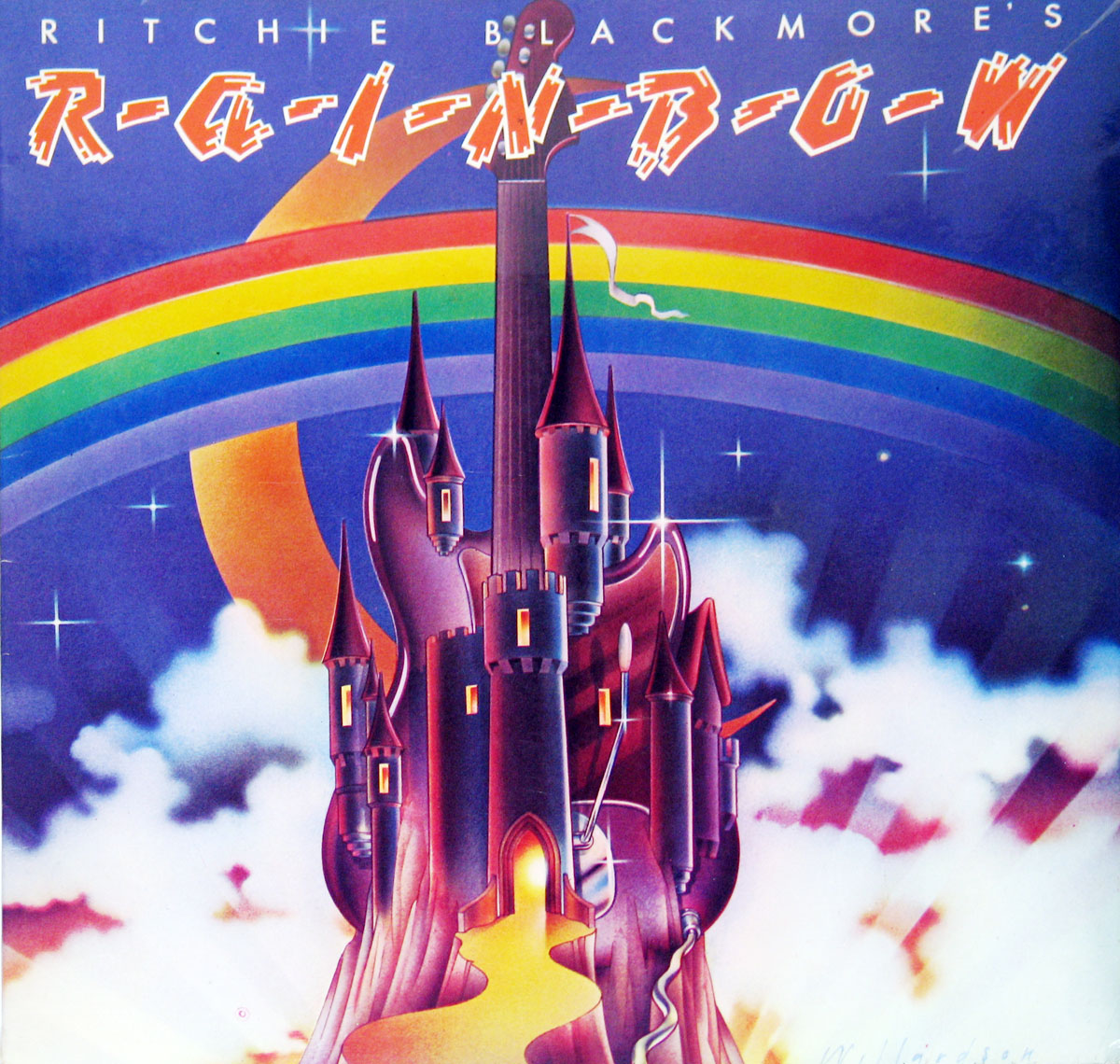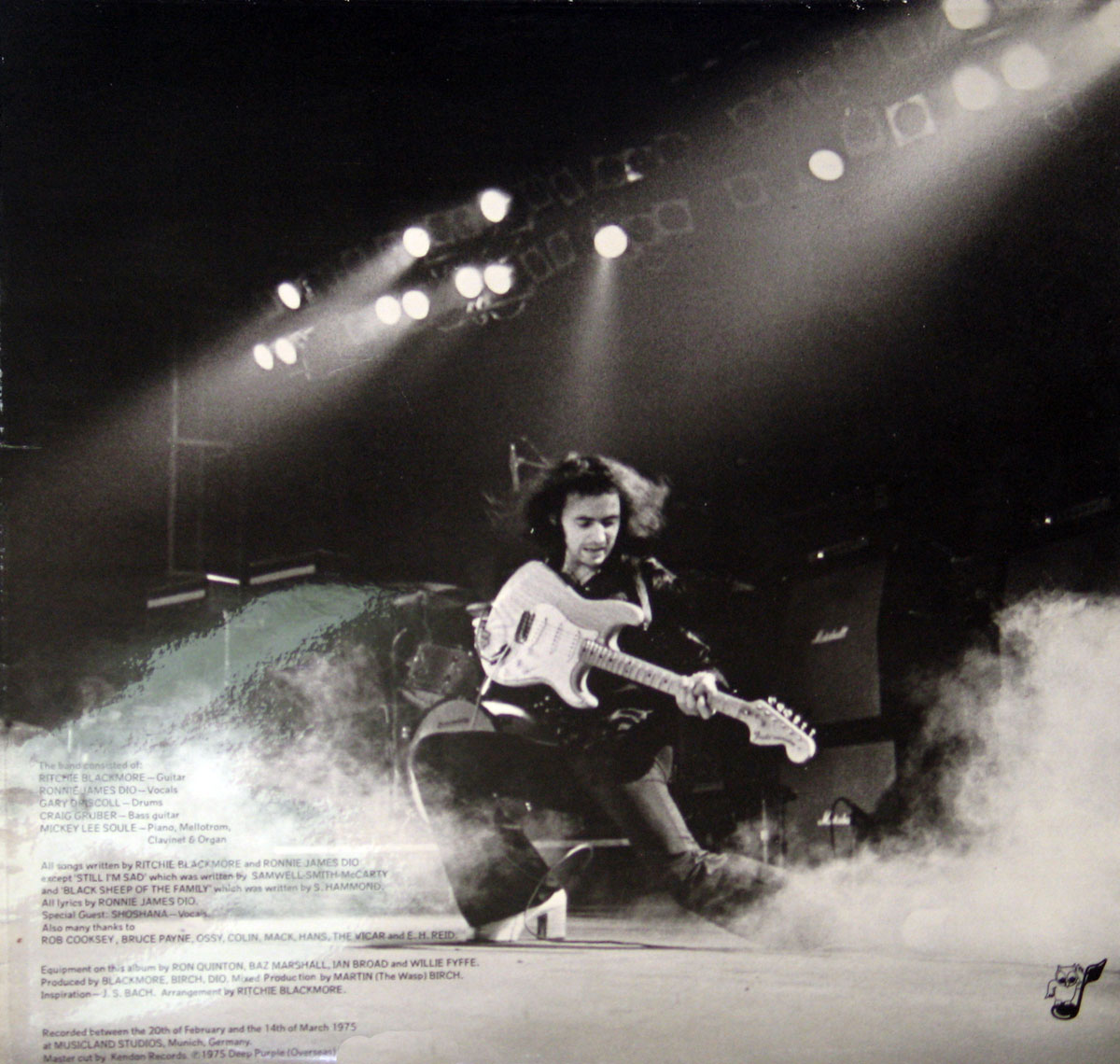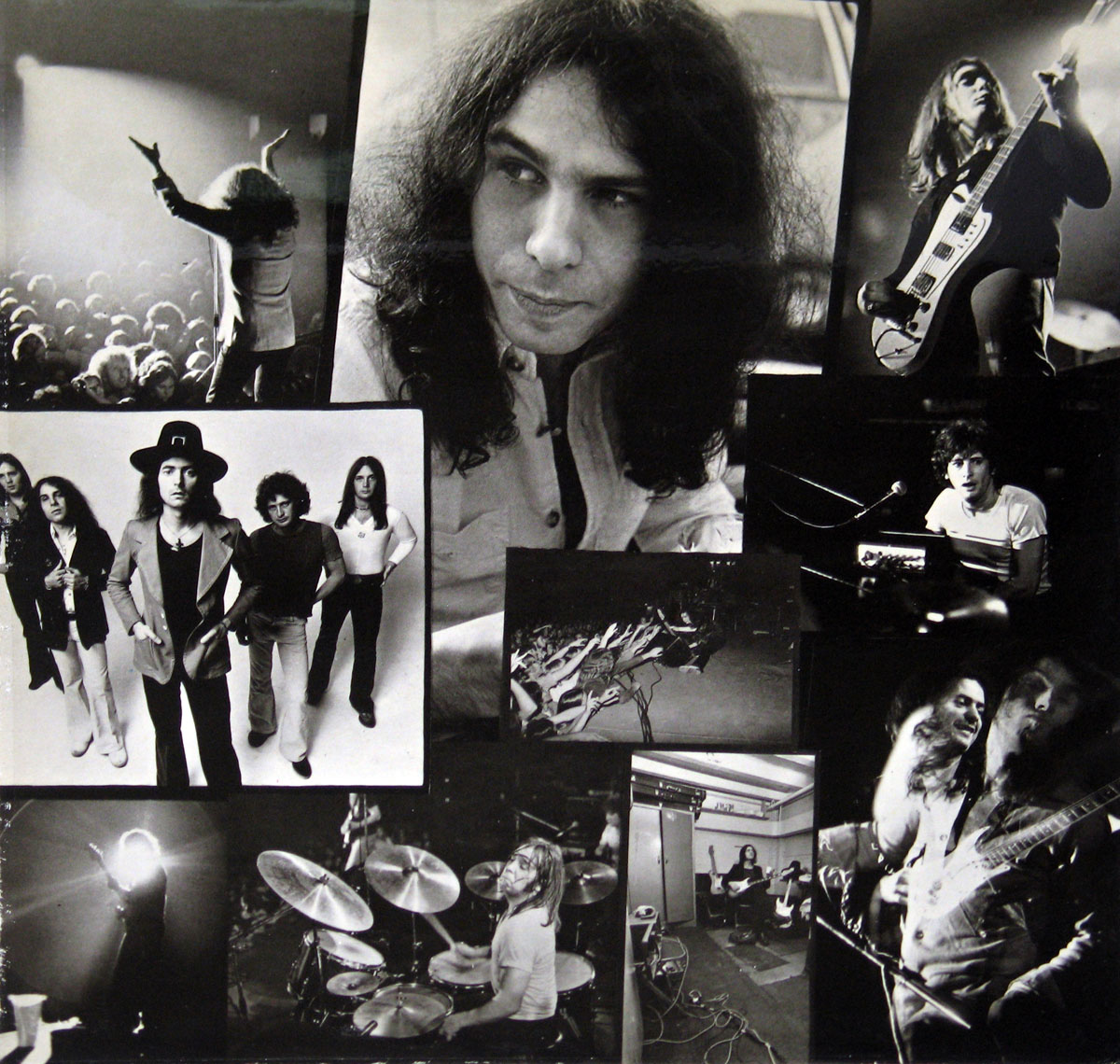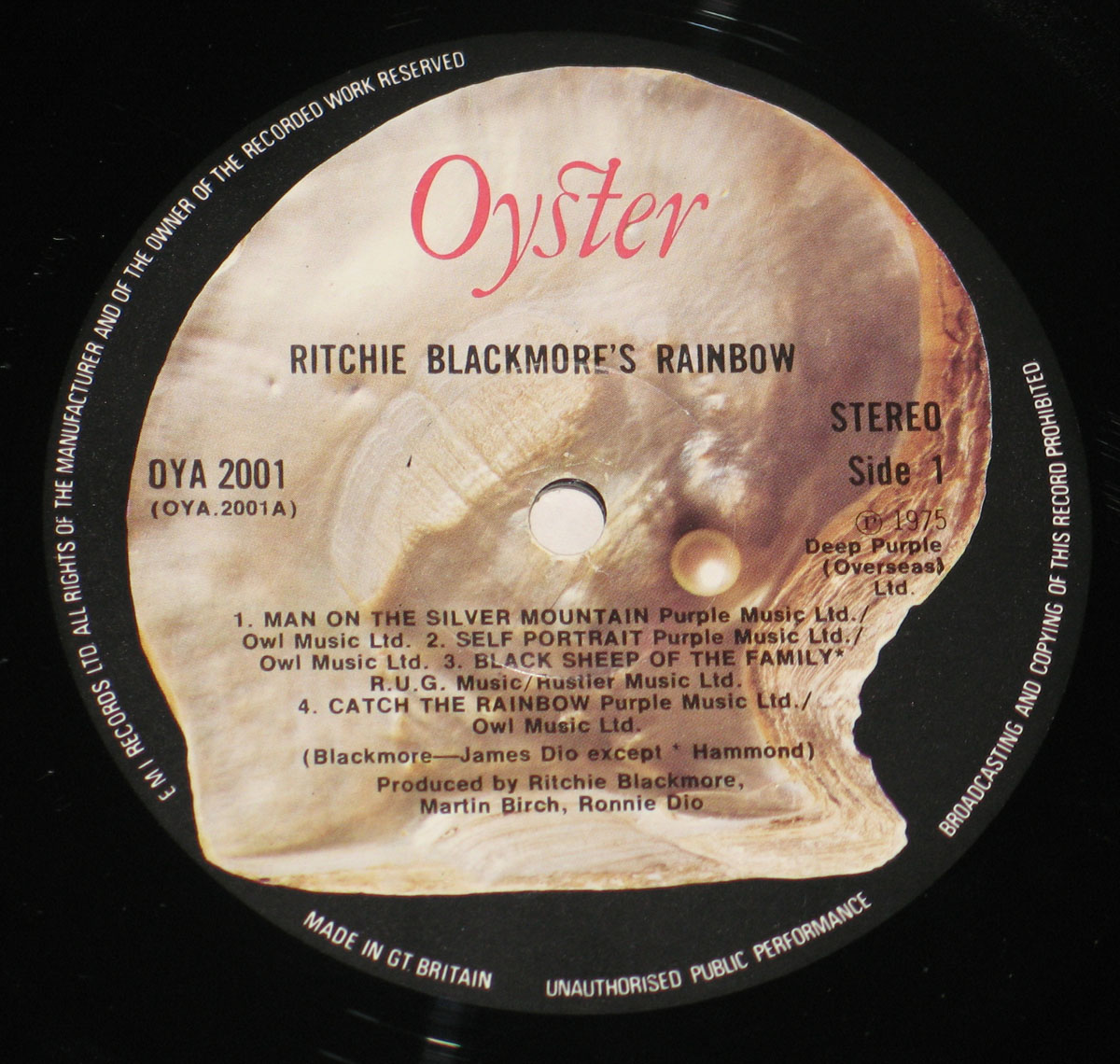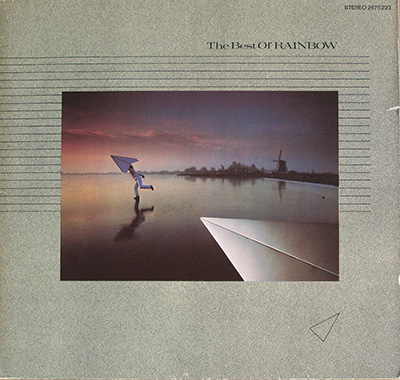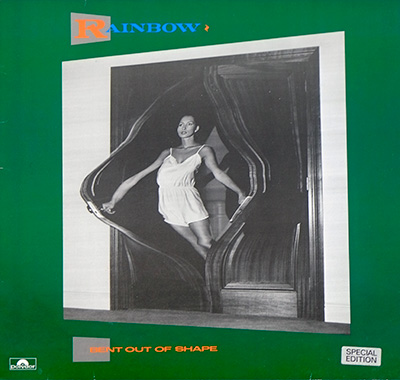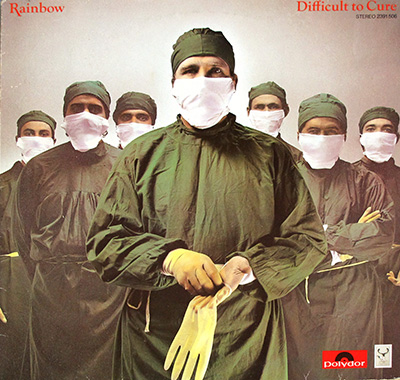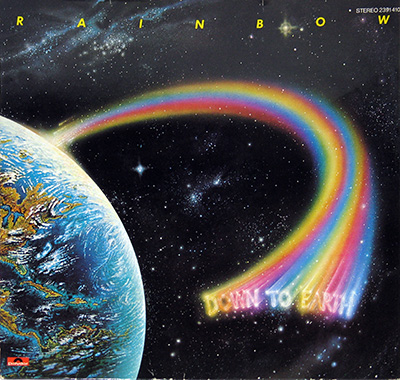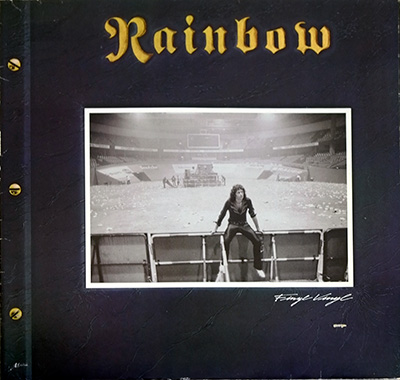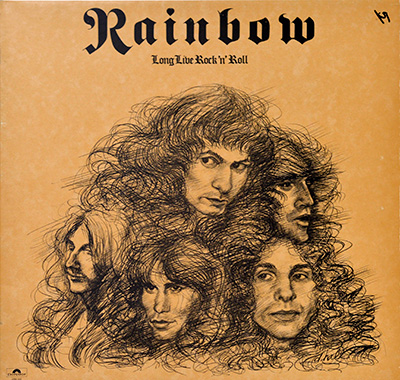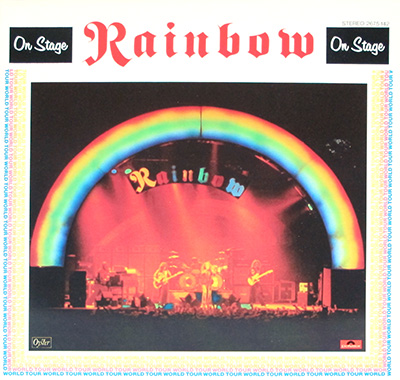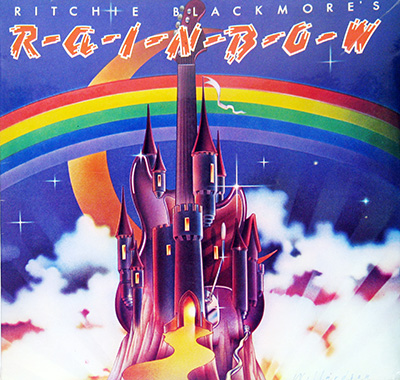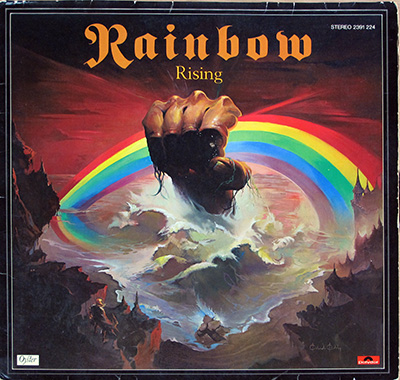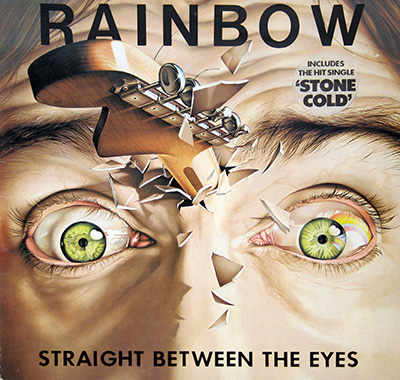"Ritchie Blackmore’s Rainbow" Album Description:
Released in August 1975, "Ritchie Blackmore’s Rainbow" marked the guitarist’s bold departure from Deep Purple and his first collaboration with vocalist Ronnie James Dio. Recorded at Musicland Studios in Munich, Germany, with producer Martin Birch, the album brought together Blackmore and most of Dio’s band Elf—Craig Gruber on bass, Gary Driscoll on drums, and Micky Lee Soule on keyboards—to form the first incarnation of Rainbow.
Musically, the album fuses melodic hard rock with classical overtones, a mix that would later define Rainbow’s sound. The opening track, "Man on the Silver Mountain", bursts with driving riffs and Dio’s commanding voice, while "Catch the Rainbow" slows the tempo into a haunting, almost orchestral ballad. Blackmore’s guitar tone is razor-sharp yet lyrical, revealing the precision and imagination that made him one of rock’s most distinctive players.
Album Artwork
The cover artwork, painted by fantasy illustrator Ken Kelly, sets a tone of myth and grandeur. Against a dark sky, a radiant rainbow arches over a distant fortress—an image that mirrors the music’s balance between power and beauty. Unlike later Rainbow releases such as "Rising" or "On Stage", this debut album was issued in a standard single sleeve rather than a gatefold design.
Legacy and Collectability
Decades later, "Ritchie Blackmore’s Rainbow" remains a cornerstone of 1970s hard rock. It established Rainbow as a band apart—rooted in classical melody, steeped in fantasy, and propelled by virtuosic musicianship. For collectors, the original 1975 UK pressing on Polydor (catalogue number 2383 336) is especially prized for its warm analog mastering and clean, dynamic sound. Subsequent reissues on both vinyl and CD helped introduce new generations to the album’s enduring mix of power and precision.
What began as a side project became the launch pad for Ronnie James Dio’s rise to heavy-metal legend and Ritchie Blackmore’s transformation into one of rock’s most enigmatic architects. Nearly fifty years later, the record still feels like an open gate to another realm—one guarded not by dragons, but by the shimmering echo of a Stratocaster.
